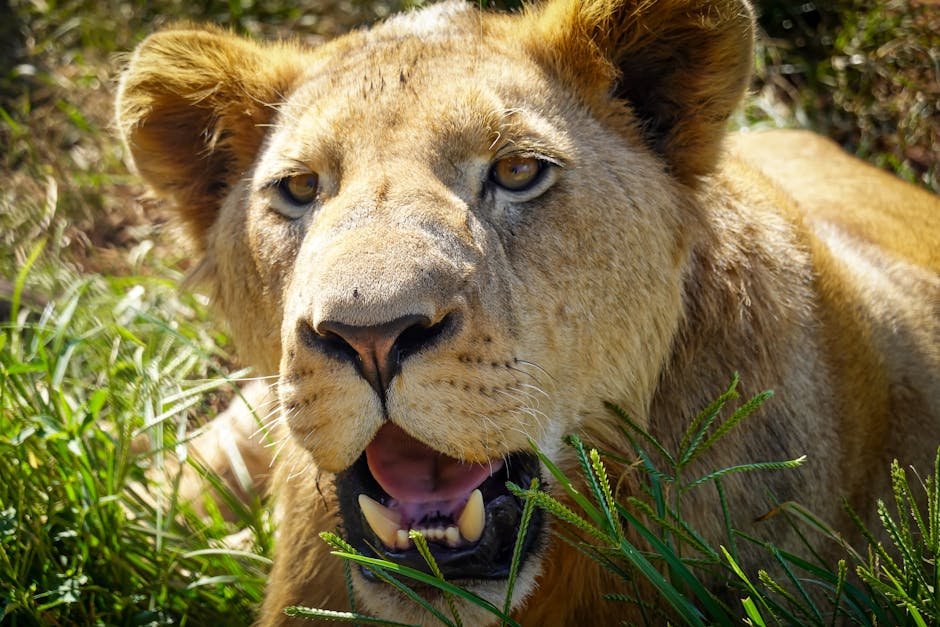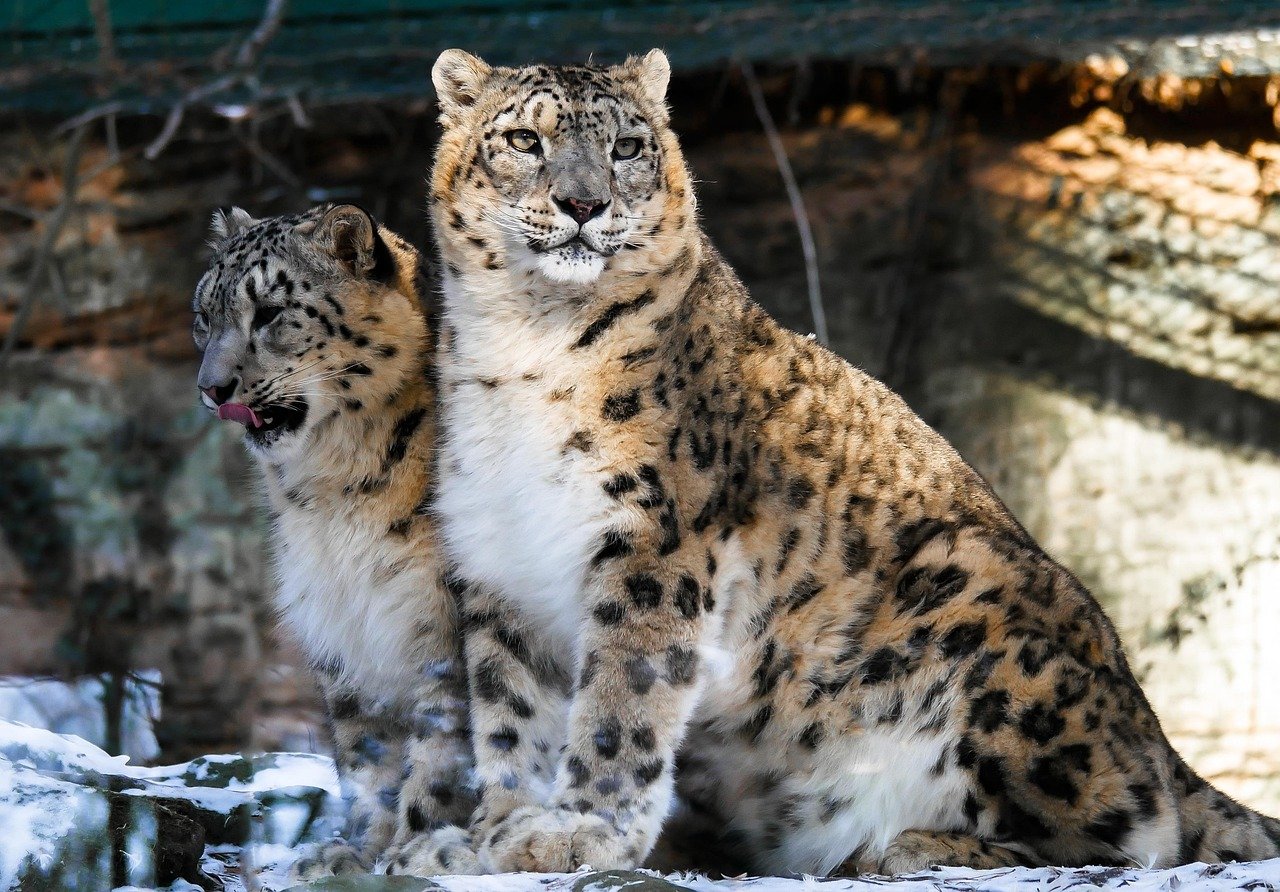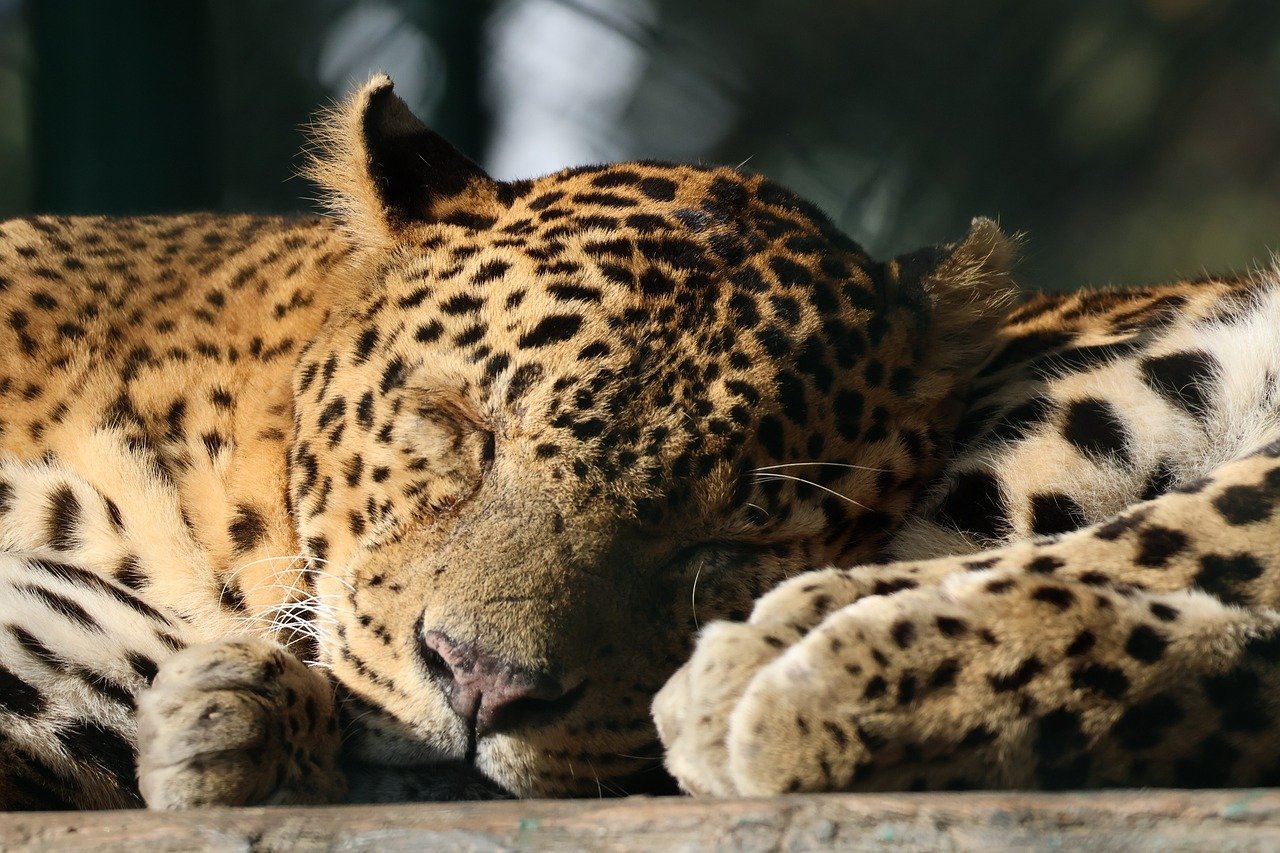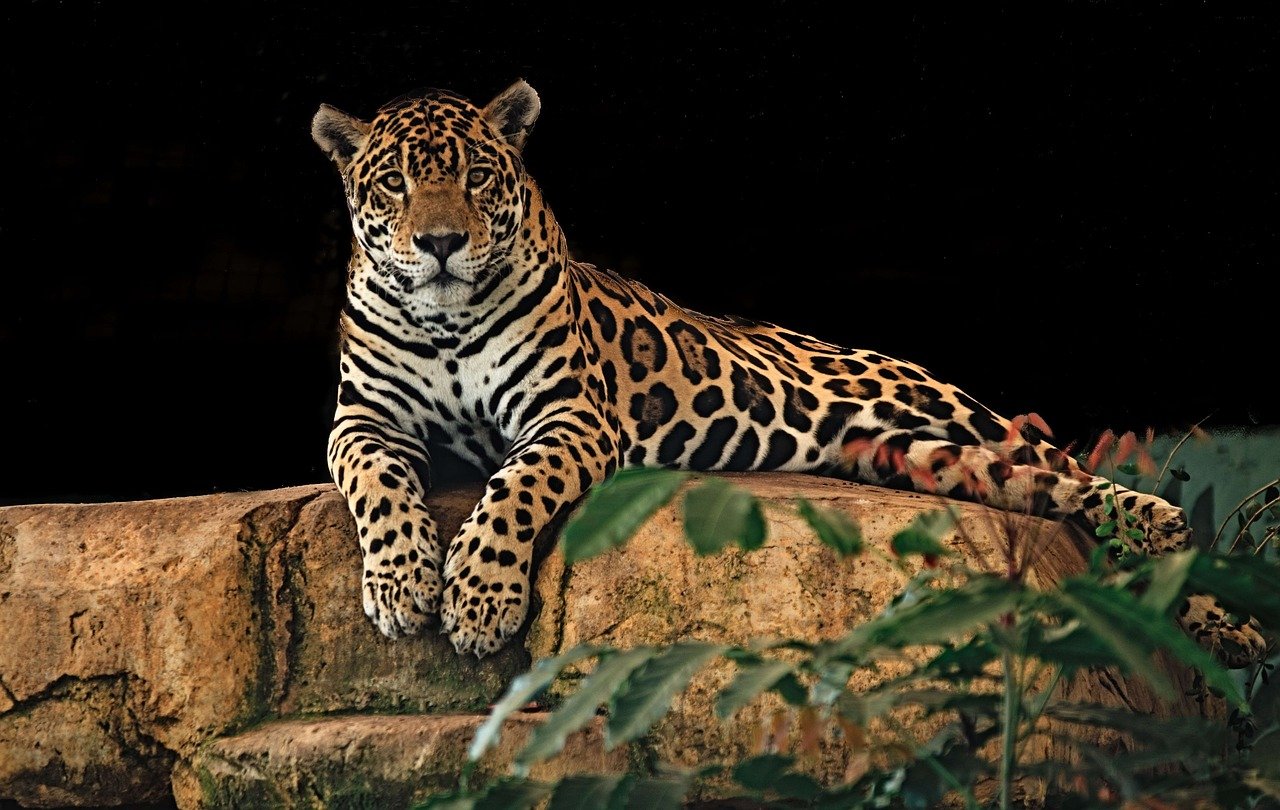From the majestic roar of the lion to the stealthy stride of the leopard, big cats have long captivated the imagination of people across the globe. Their powerful presence and mysterious allure have inspired myths, legends, and cultural significance in diverse societies. From ancient civilizations to modern-day interpretations, the story of big cats is as varied as it is fascinating. This article delves into the unique roles these magnificent creatures have played in cultures around the world, revealing a tapestry of human fascination with these enigmatic animals.
Big Cats in Ancient Egypt
In ancient Egypt, big cats, particularly lions, were revered as symbols of strength and royalty. The lion-headed goddess Sekhmet was believed to protect the pharaohs and embody the fiery power of the sun. Statues and depictions of lions adorned temples and palaces, reflecting their esteemed status. The Egyptians even domesticated cheetahs and leopards to showcase wealth and status. Big cats were also associated with the afterlife, as they were believed to guard the realm of the dead. Their regal presence in Egyptian art and mythology highlights the deep connection between these creatures and the divine.
Lions in Greek and Roman Mythology
In Greek and Roman mythology, lions were often depicted as majestic and formidable creatures. The Nemean Lion, a monstrous beast with impenetrable skin, was one of the Twelve Labors of Hercules. This mythological lion became a symbol of Herculean strength and courage. The Greeks also associated lions with the gods, particularly Dionysus and Artemis. In Roman culture, lions were used in gladiatorial games, symbolizing power and dominance. The lion’s presence in these ancient stories and practices underscores its significance in shaping cultural narratives.
Tigers in Chinese Culture
Tigers hold a special place in Chinese culture, where they are revered as symbols of bravery and protection. In Chinese mythology, the White Tiger is one of the Four Symbols, representing the western cardinal direction and embodying military prowess. Tigers are often portrayed in art and literature as guardians against evil spirits. During the Chinese New Year, tiger dances are performed to ward off bad luck and bring good fortune. The tiger’s powerful imagery continues to influence Chinese traditions and beliefs, reflecting its enduring cultural significance.
Jaguars in Mesoamerican Civilizations
In Mesoamerican civilizations, such as the Maya and Aztec, the jaguar was a powerful symbol of authority and spirituality. The jaguar was believed to possess supernatural abilities, acting as a bridge between the earthly and spiritual realms. Jaguar imagery was prevalent in art, architecture, and religious rituals. The Aztecs even had a warrior class known as the Jaguar Warriors, who wore jaguar pelts and fought with the ferocity of the animal. The jaguar’s revered status in these cultures highlights its role as a symbol of power and mysticism.
Leopards in African Folklore
Leopards have long been celebrated in African folklore for their cunning and adaptability. In many African cultures, leopards are seen as symbols of wisdom and stealth. They are often featured in stories that teach moral lessons, showcasing their intelligence and resourcefulness. The leopard’s spotted coat is also associated with the idea of blending in, reflecting the animal’s ability to adapt to different environments. African art and rituals frequently incorporate leopard motifs, emphasizing the cultural importance of this enigmatic big cat.
Snow Leopards in Central Asian Traditions
In Central Asia, snow leopards are revered for their elusive nature and resilience in harsh environments. These majestic creatures are often associated with the rugged mountain landscapes they inhabit. In some Central Asian cultures, snow leopards are seen as spiritual guides, symbolizing strength and perseverance. They are also considered protectors of the natural world, embodying the untamed beauty of the wilderness. The snow leopard’s mystical presence in these traditions underscores its significance as a symbol of endurance and mystery.
The Cheetah in Indian History
The cheetah holds a unique place in Indian history, where it was once a prized companion of royalty. During the Mughal Empire, cheetahs were trained for hunting and were considered a status symbol among the nobility. Their speed and agility made them ideal hunting partners, and they were often depicted in royal art and literature. The cheetah’s association with nobility and elegance continues to influence Indian culture, even as their numbers have dwindled in the wild. This historical connection highlights the cheetah’s enduring legacy in Indian society.
The Role of Big Cats in Indigenous North American Cultures

In Indigenous North American cultures, big cats like cougars and lynxes hold spiritual significance. These animals are often seen as powerful guardians of the natural world and are revered for their strength and agility. In some tribes, big cats are considered totems, representing personal traits and guiding individuals on their life journeys. The cougar, in particular, is often associated with leadership and courage. This deep spiritual connection reflects the respect and admiration Indigenous cultures have for these majestic creatures.
Big Cats in Medieval European Folklore

In medieval Europe, big cats were often depicted as fearsome and mysterious creatures in folklore and legends. Tales of lion-hearted knights and cunning leopards captured the imagination of the time. Big cats were sometimes associated with the supernatural, believed to possess magical powers and hidden knowledge. These stories often served as allegories for human virtues and vices, using the characteristics of big cats to convey moral lessons. The presence of big cats in medieval folklore reflects their enduring appeal and symbolic significance.
Modern Interpretations of Big Cats in Popular Culture

In modern times, big cats continue to captivate audiences through films, literature, and art. Iconic characters like Simba from “The Lion King” and Shere Khan from “The Jungle Book” have become cultural touchstones, embodying themes of bravery, wisdom, and power. Big cats are often used as metaphors for human emotions and struggles, their presence lending depth and drama to storytelling. This ongoing fascination with big cats in popular culture highlights their timeless appeal and the enduring connection people feel with these majestic animals.
Conservation Efforts and the Future of Big Cats

As big cats face increasing threats from habitat loss, poaching, and human-wildlife conflict, conservation efforts have become crucial in ensuring their survival. Organizations around the world are working to protect these magnificent creatures and their habitats through research, education, and community engagement. The cultural significance of big cats can play a vital role in these efforts, inspiring people to take action and preserve these animals for future generations. The future of big cats depends on our ability to balance human needs with the preservation of the natural world, ensuring that these symbols of strength and beauty continue to thrive.
The history of big cats in different cultures around the world is a testament to their enduring allure and significance. From ancient myths to modern interpretations, these majestic creatures have inspired awe and admiration across diverse societies. As we continue to celebrate and protect big cats, their legacy will remain a powerful symbol of the beauty and mystery of the natural world.





